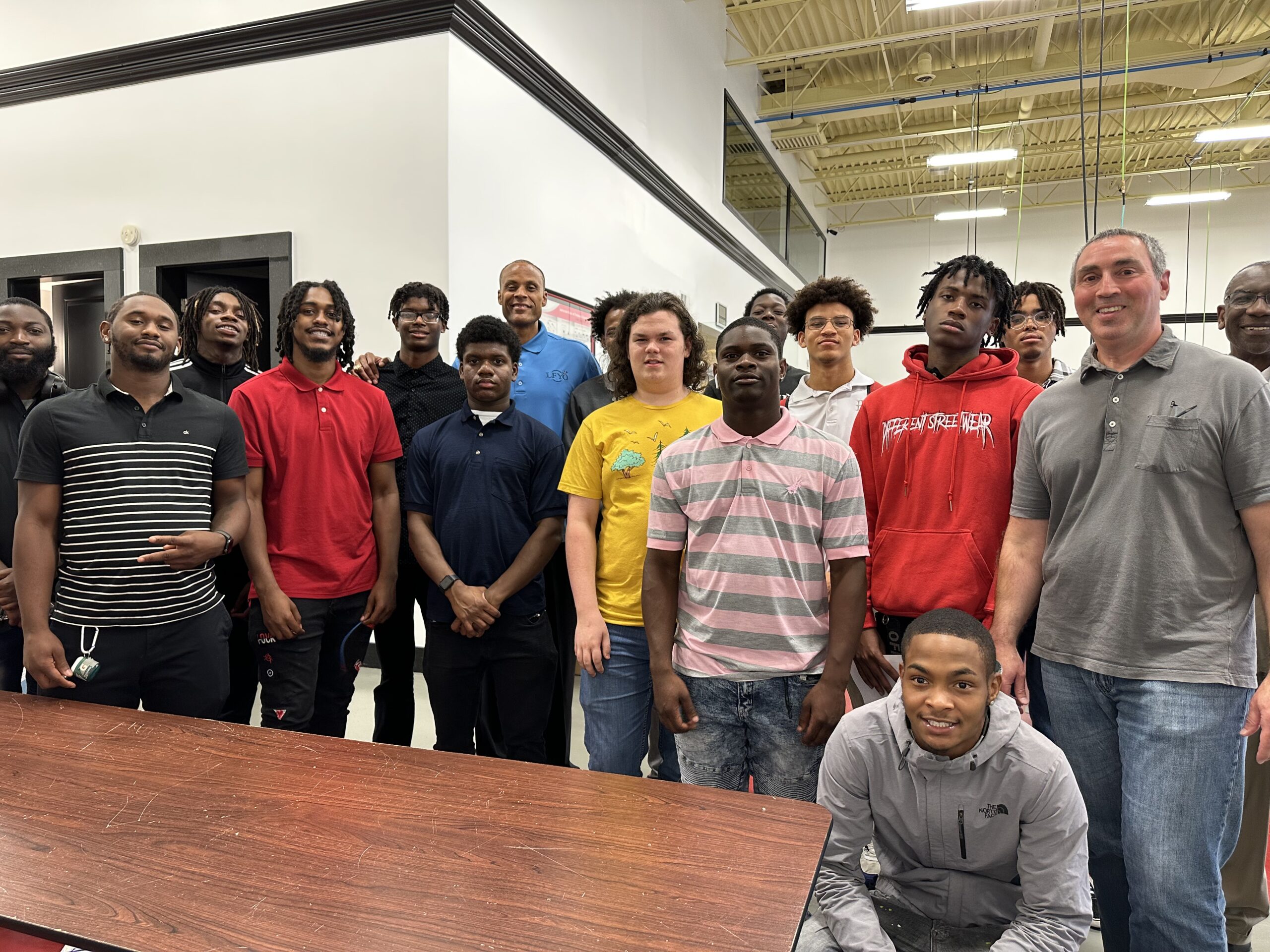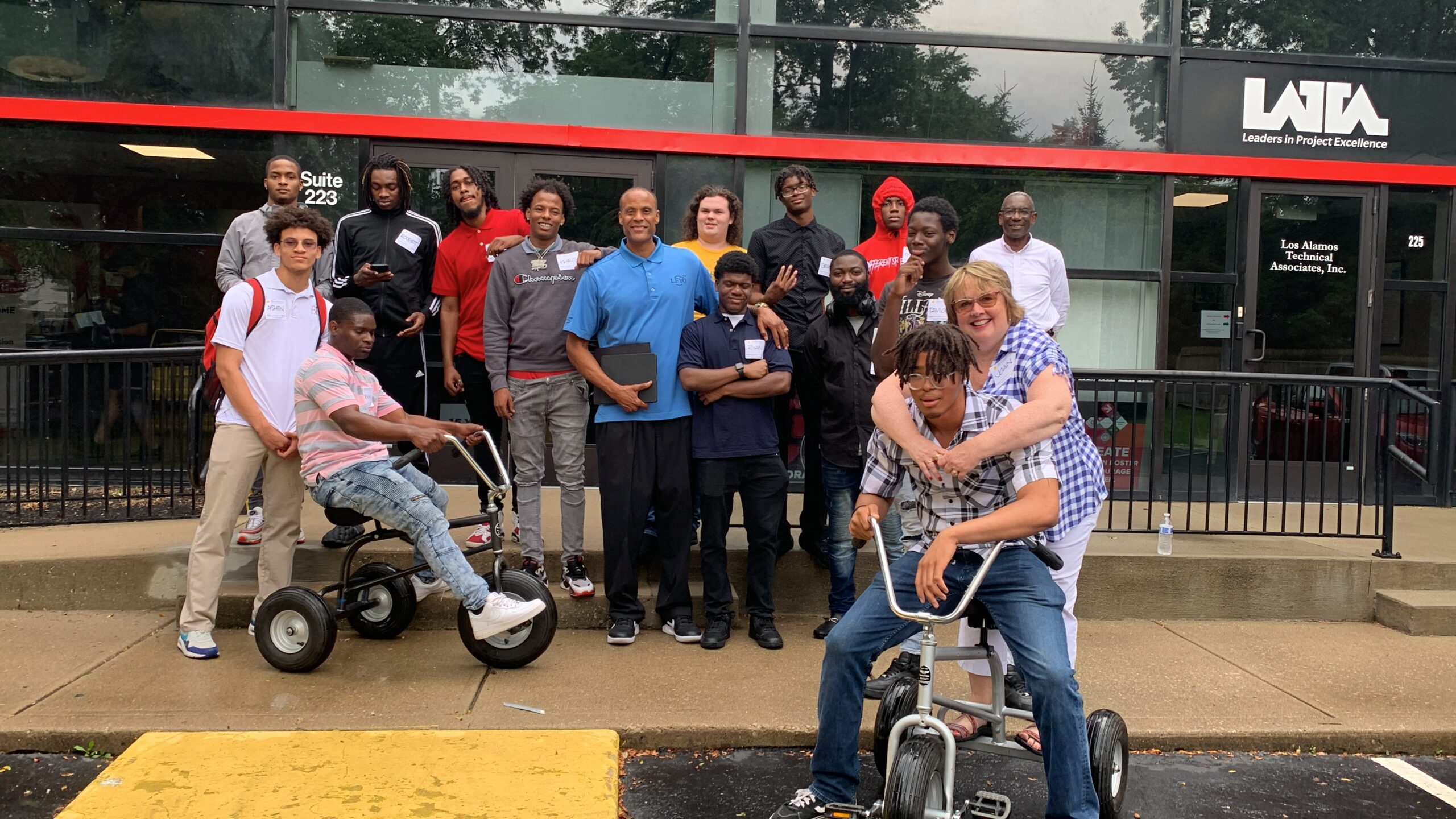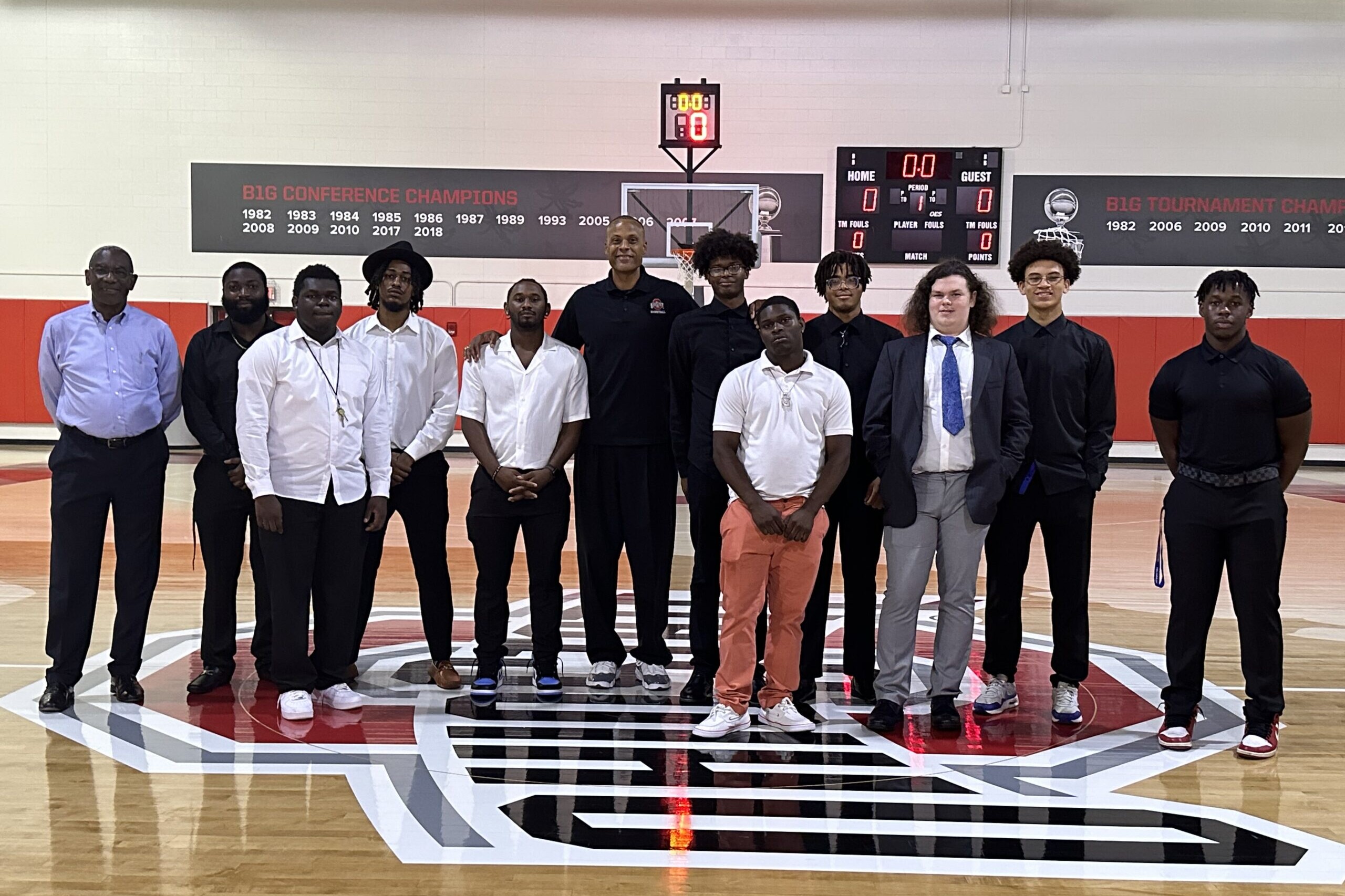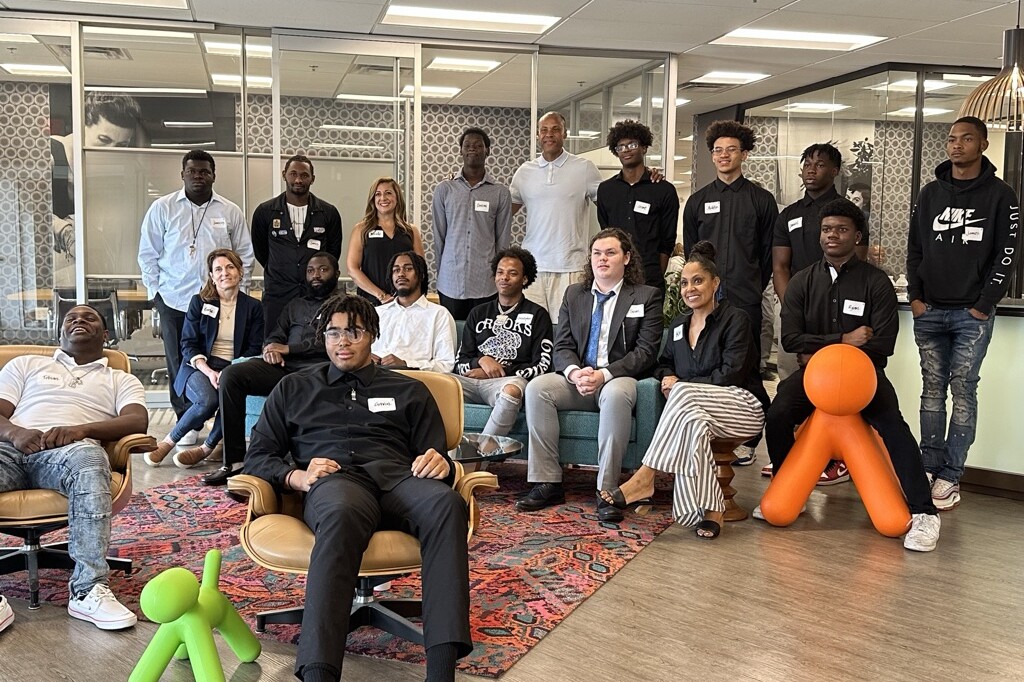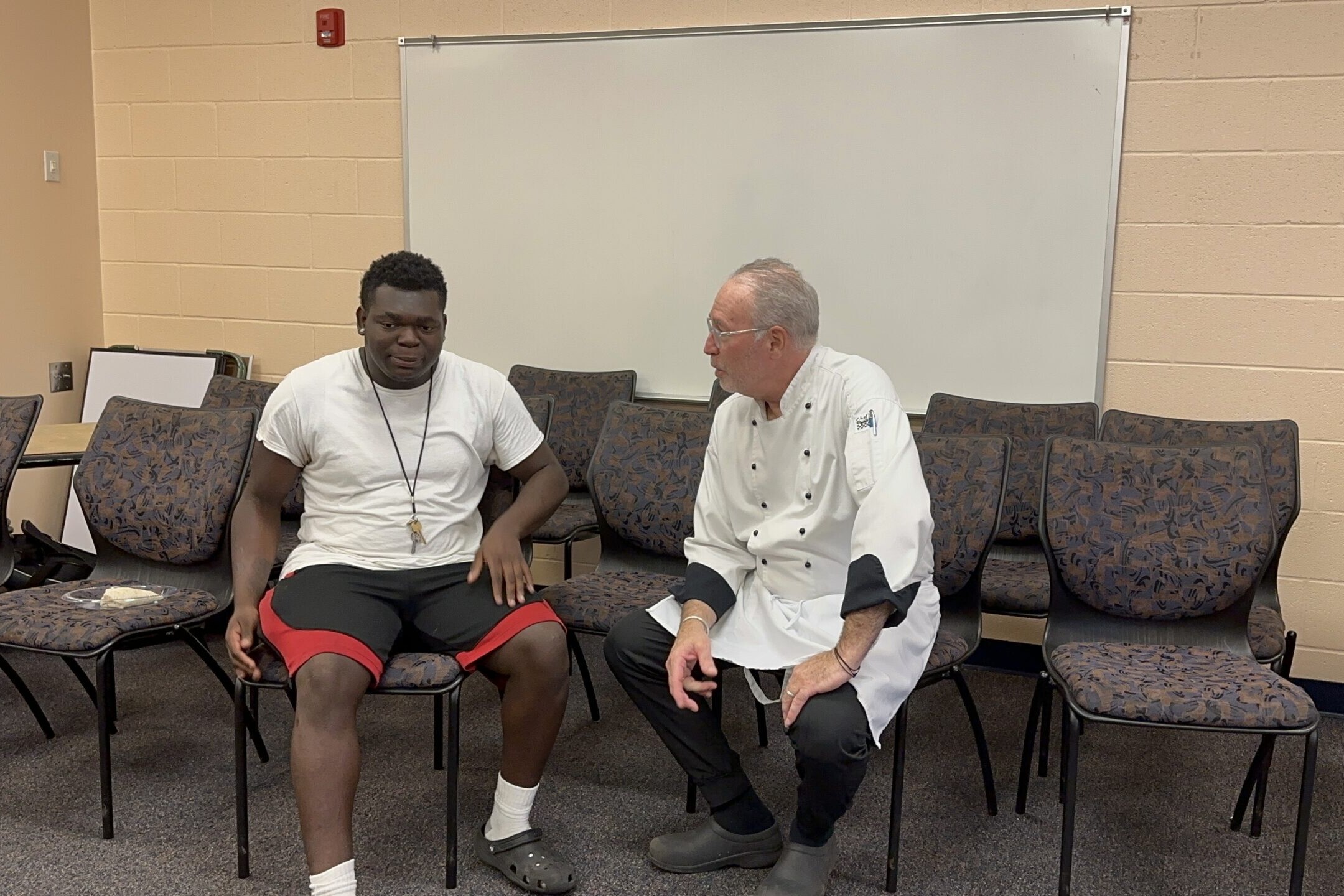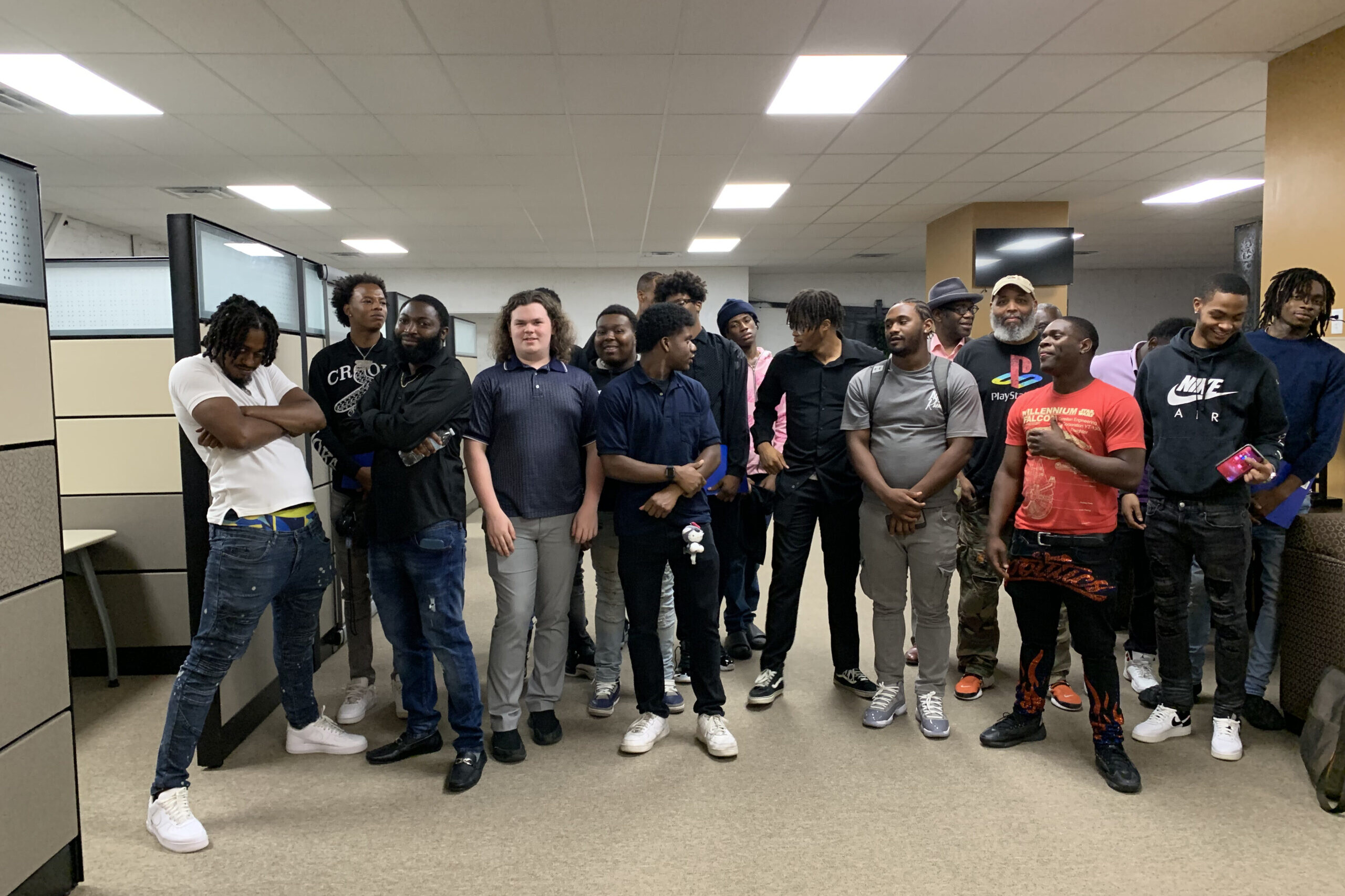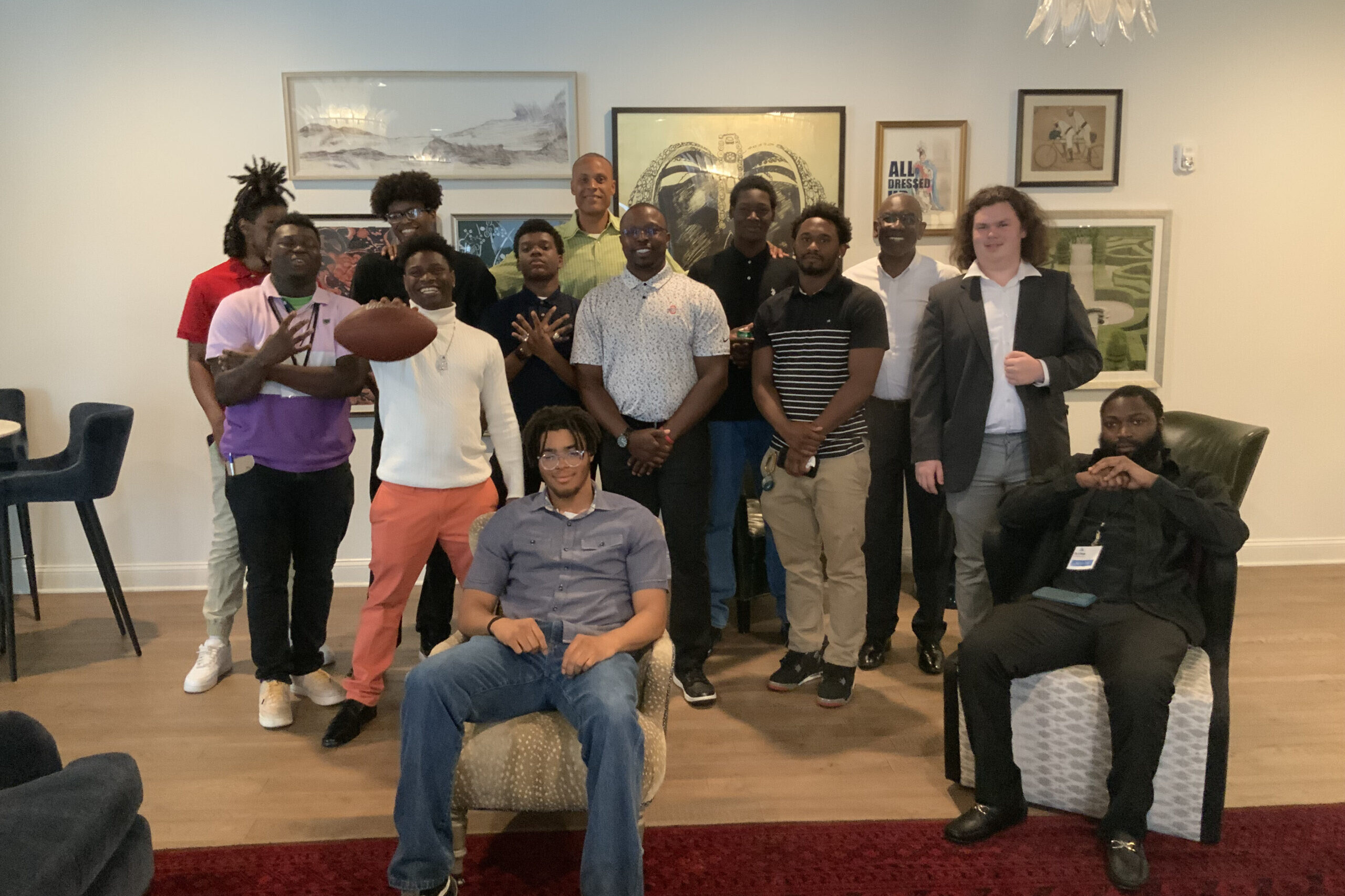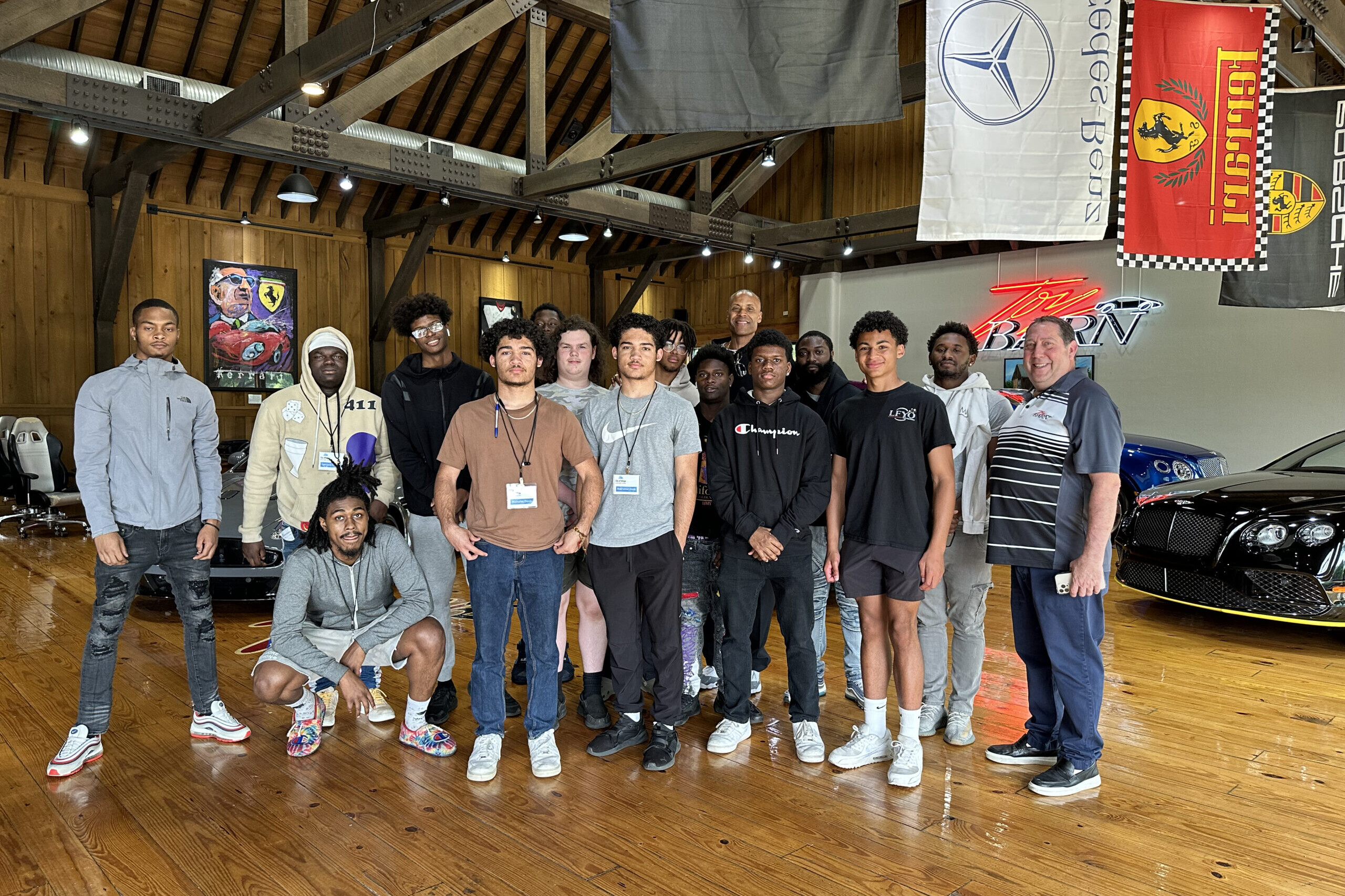Week 4
Legacy Transforming Summer Program
We’ve reached the midway point of the eight-week, financial life skills initiative to empower vulnerable males aged 16 to 23. It’s been an honor to work alongside the GoodLife Summer Program at First Church. Growth for some of the participants has been steady, but for others remarkably significant as they’ve grasped “new” concepts foreign to their way of thinking. Success in any arena of life isn’t complicated; however, it is quite complex. Semantics matter a great deal when the legacy of our inner-city males is on the line. Underserved populations often view success beyond their borders as incredibly painful, increasingly burdensome, or worst still, entirely unattainable. Based on the roll of the better-life-outcome dice, a few “lucky ones” might escape the harsh landscape of economic misery. But for most residents, “perpetual failure,” in flickering neon lights, is how they envision their life options and legacy outcomes. Half the battle in working with at-risk communities is convincing them to focus on the certainty of possibilities rather than fighting against uncertain impossibilities. Unfortunately, a lot of people just can’t see past their front door. Thus, we realize how imperative it is to transport the young men under our care outside of I-270. There’s more to Columbus than Livingston Avenue, Main Street, Refugee Road (where the in-class programming takes place), or even their neighborhood.
Participants played The Portfolio Management Game, one of our signature learning modalities to bridge the opportunity divide in America through sensory-driven education. This PDF app crystallizes the world of investing in a language that’s relatable, palatable, and sustainable to privileged and underprivileged groups alike. Each player is given $1,000,000 to invest in a myriad of investment options, including cash/cash equivalents, stocks, bonds, mutual funds, index and exchanged traded funds, private equity, and hedge funds. At the onset, though, an analysis of one’s risk tolerance and financial goals serve as key drivers of portfolio construction decisions. Participants must wait with baited breath as they watch how global economic factors and conditions impact — positively or negatively — their million-dollar portfolios on a macro level. Of course, taxes and inflation are additional considerations of this real-world, simulated game. Anne Richie, a business finance instructor at Ohio State University, served as one of our three in-class mentors for the day. Richie is a former banker and current Managing Director of The Mezzanine Fund, which invests exclusively in female-led and people of color (POC) businesses. Her insights shed light on the benefits of investing in black-owned enterprises. Jason Moore, a private equity investor and board president of Cristo Rey Columbus High School, discussed his views on business investment. He’s vested for the long haul; people and culture shape his capital deployment philosophy (or CDP). Lenzelle Smith, Jr., former Ohio State basketball star and member of the 2012 Final Four team, presented the young men with a game plan to reach their short- and long-term goals through practical approaches.
Our first field trip for the day was Fischer-Backus, headquartered in Lewis Center. This manufacturer specializes in wire and cable assemblies for clients across various sectors and industries. Whether quick turnaround prototypes or large volume production runs, excellence and attention to detail are defining qualities of the Fischer-Backus brand. We witnessed this firsthand throughout our 90-minute visit of the facility. Associates were unfazed by the presence of our large group. As outlined in the mission statement, they were locked in to the company’s 100 percent, defect-free product commitment. Owner-operator, Tony Carstens, provided our young men with lunch and a wonderful experience. Given the monotony of assembly-line production, manufacturing doesn’t excite most people. But for some firms and the workers they employ, it is quite lucrative on a per-item basis. With thousands of customized products for each (hopefully repeat) client order, the cash register keeps adding up. Cha Ching!
The art and science behind financial statements kicked off our discussion over lunch. The tug-of-war battle between profitability and productivity in a highly competitive marketplace, Carstens emphasized, should align with customer-oriented goals and organizational-growth objectives. Our young men were introduced to the burden rate, or what the breakeven cost is for a job given a variety of fixed and variable expenses. He highlighted, “With every job you must account for what it takes to pay associates, keep the lights on, and operate expensive machinery.” He added, “If you get this wrong with a customer’s bid, it’ll impact your bottom line or net profits substantially. Got it?” They nodded in agreement. We toured each area of the facility and ended the day with hands-on training. Each participant was given the opportunity to test his manufacturing skills at two of the work stations. They were thrilled!
Aurora-Exhibits was our last field trip for the day. Founder and CEO, Joan Gaudion McKinney, assisted our young men in her area of expertise — branding. “What begin in 1994 as a trade show exhibition house,” the website highlights, “has grown to a three dimensional brand awareness agency.” From idea generation to visual graphics to interior branding of high- and low-traffic corporate spaces, the company has helped hundreds of clients with their brand engagement needs. From Fortune 100 firms to small mom-and-pop organizations such as LFYO, Aurora-Exhibits offers a compelling value proposition during good and bad economic times for enterprises to stand out. Thanks in large part to McKinney, she adds a “happiness touch” that few CEOs can pull off. Why? Because she relates well with people from all walks of life in an upbeat manner, which of course, is a highly specialized skillset. Our group embraced the lesson plan and were challenged by McKinney’s personal and professional branding call-ups, not call-outs. She shared, “Gentlemen, your individual brand can serve you well at a company if it’s marketed correctly. Always take the responsibility seriously since a great one will carry you to new heights in every endeavor of life.” We finished the day at Aurora-Exhibits with a two-team, tricycle race. The young men did what they do best on the oversized tricycles; they competed for bragging rights among their peers. Healthy competition is a vital key to keeping vulnerable males on the right course. When they drift from it, society often follows suit. Stay tuned for Week Five!
